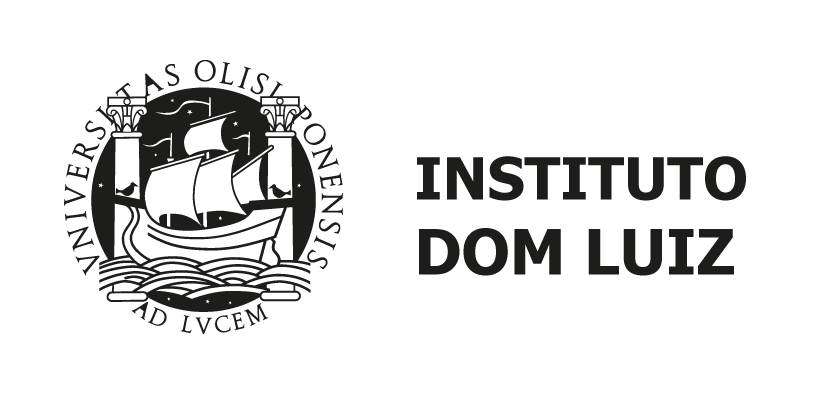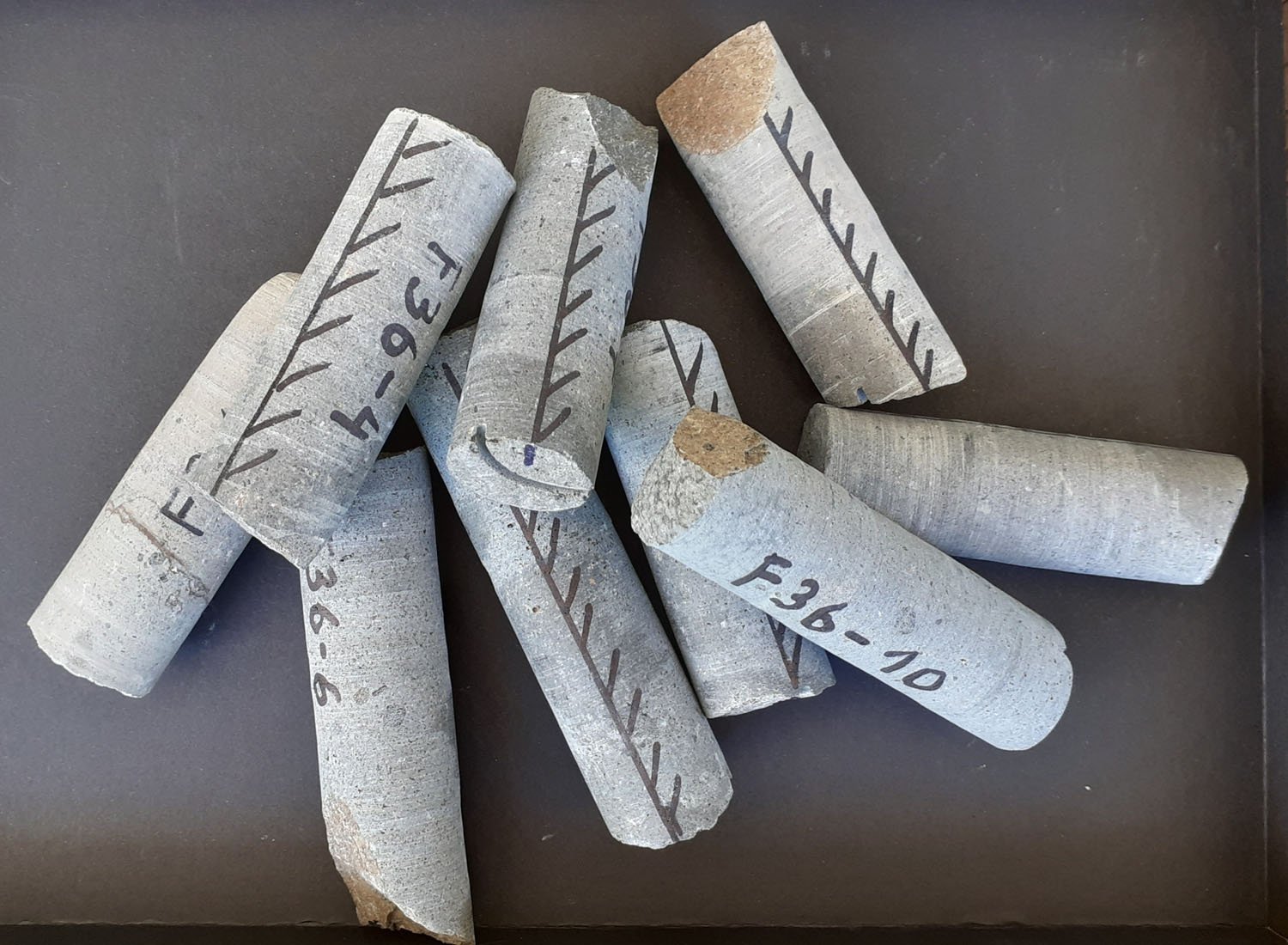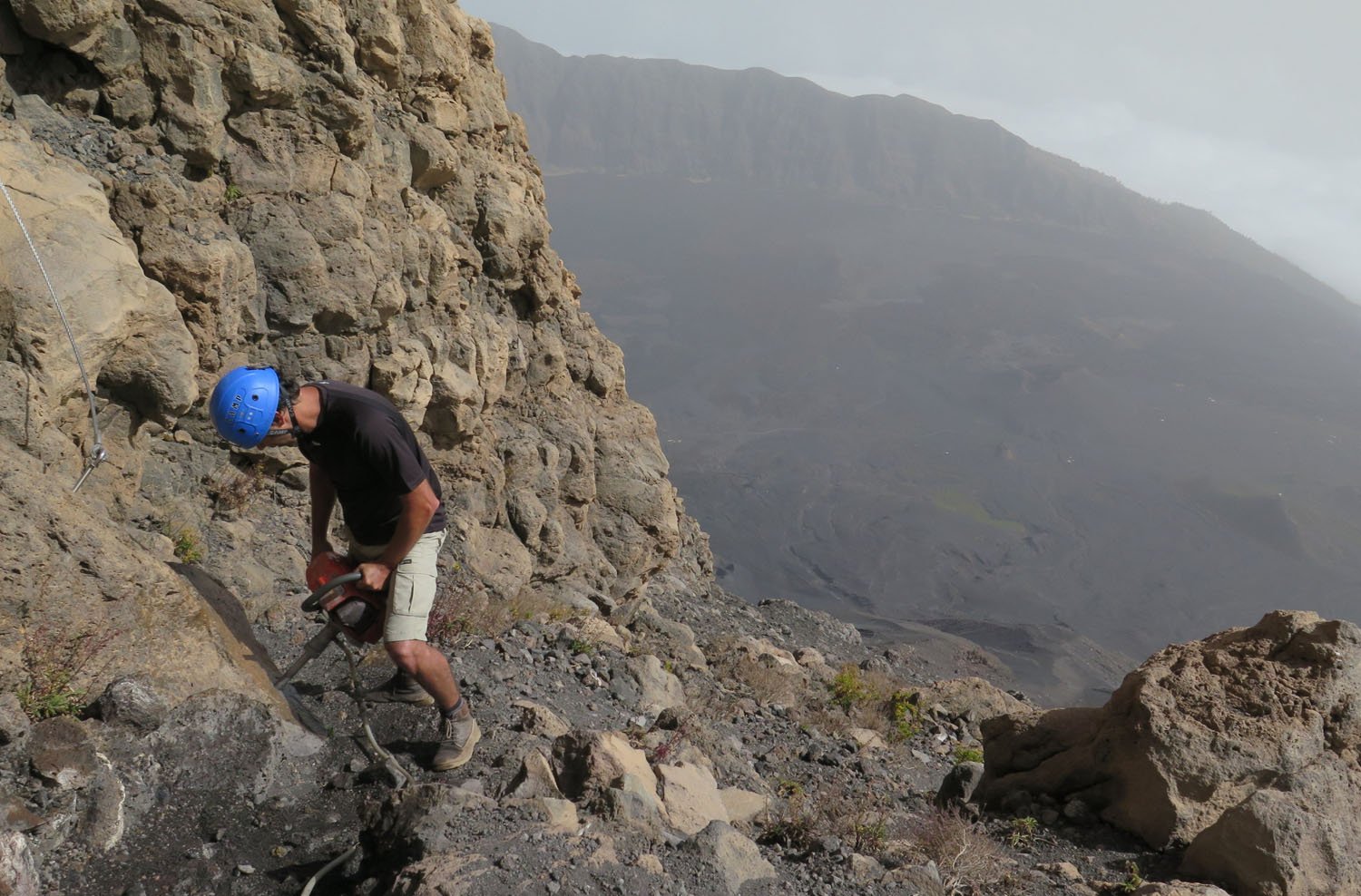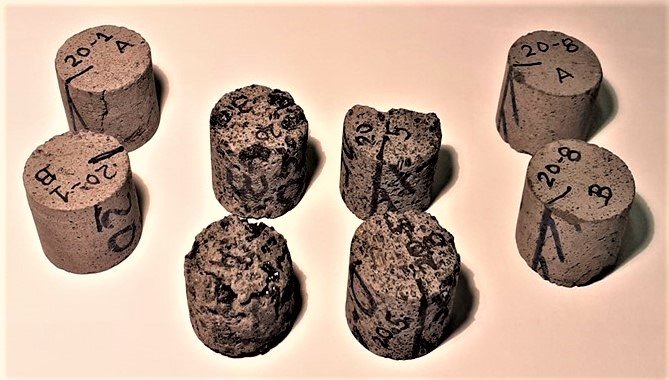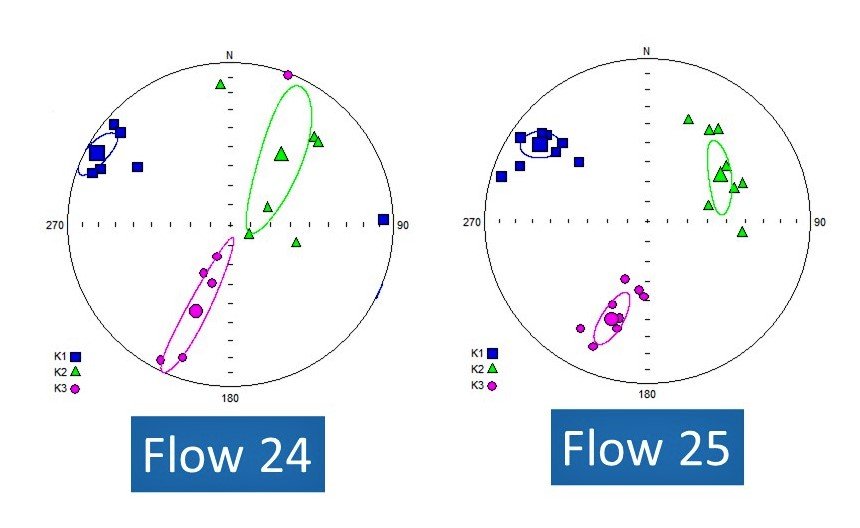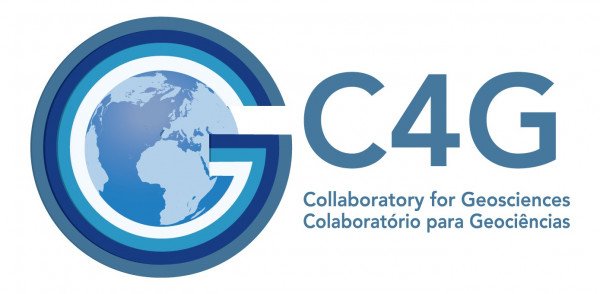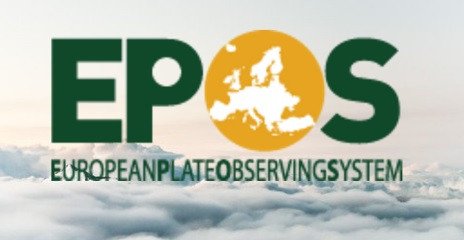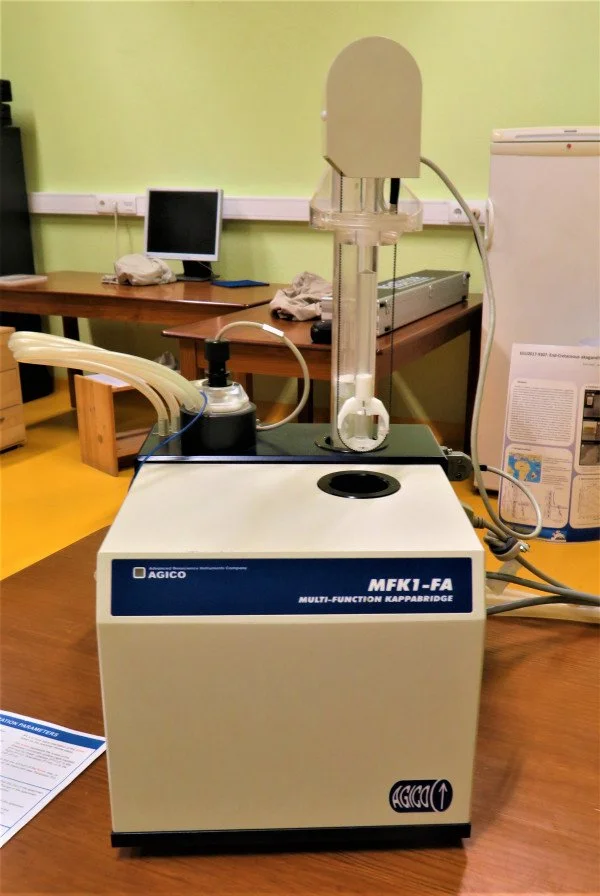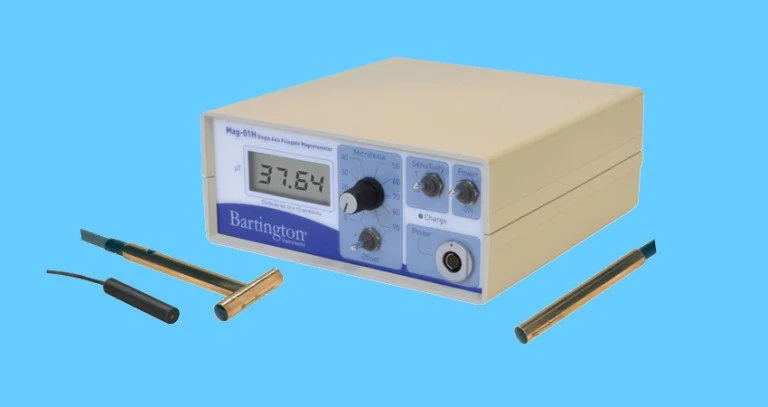Paleomagnetism Geomagnetism
Overview
The Paleomagnetic Laboratory – IDL has more than 30 years of supporting research in the areas of paleomagnetism, secular variation, magneto-stratigraphy, archeomagnetism, rock magnetism and anisotropy of magnetic susceptibility and geomagnetism. The research and studies have been related to the rock formation and deformational processes linked to tectonics, as well as paleogeography, paleoenvironment, and environmental magnetism. This laboratory has also provided training and made it possible for many students to obtain academic degrees.
The laboratory is integrated in the C4G (Collaboratory for Geosciences) and EPOS (European Plate Observing System) thematic core services Multi-scale laboratories
Infrastructure
The laboratory is equipped with instruments for paleomagnetism, mineral and fabric-magnetic analysis, and geomagnetic surveys, as:
Paleomagnetism – Spinner magnetometer (AGICO), AF demagnetizer (AGICO), thermal demagnetizer (home build);
Rock magnetic characterization – Kappabridge with a furnace and cryostat (AGICO), anhysteretic magnetizer (AGICO), pulse magnetizer (ASC);
Geomagnetism (field, surface and aerial survey) – G 858 MagMapper magnetometer (Geometrics), MagDrone R3 magnetometer (Sensys) + UAV hexacopter (DJI);
Fluxgate magnetometer MAG 01-H (Bartington);
Also complete equipment for fieldwork, sample preparation and auxiliary equipment for field and laboratory work.
Paleomagnetism and Rock Magnetic Characterization
Spinner Magnetometer
Spinner Magnetometer JR6 (AGICO); This is a dual speed (16.7 Hz or 89.7 Hz) spinner magnetometer using induction coils. It measures the remanent magnetization (vectorial) of rock specimens, with a sensitivity range of 10e-6 A/m to 10e+4 A/m.
Alternating Field Demagnetizer and Anhysteretic Magnetizer
LDA 3: this instrument demagnetizes rock or sediment specimens with an alternating field up to 200 mT. It is possible to demagnetize cores or cubes up to 2.5 cm in diameter.
AMU 1: this device imparts an anhysteretic remanant magnetization (ARM) in a d.c. field up to 500 μT or an isothermal remanent magnetization in a d.c. field up to 200 mT. It can be used to magnetize cores or cubes up to 2.5 cm in diameter. Useful for magnetic grain size characterization. This device is used in conjunction with the AGICO LDA 3 AF demagnetizer and JR6 magnetometer.
Thermal Demagnetizer
Custom-made shielded magnetic furnace (maximum T~700ºC).
This furnace allows thermal demagnetization of up to 8 paleomagnetic samples under conditions of negligible magnetic field. Demagnetization takes place in 2 chambers, one for heating and one for cooling the samples.
Impulse Magnetizer
IRM Impulse Magnetizer IM-10-30 (ASC Scientific).
This instrument is designed to produce short duration high field pulses to magnetize standard paleomagnetic samples (IRM acquisition). It has 4 coils: Coil #1 can produce fields ranging from 30 to 600 Gauss (3 to 60 mT), coil #2 fields range from 0.5 to 11 kGauss (50 mT to 1.1 T), coil #3 ranges from 1.5 a 27 kG (150 mT to 2.70 T) and coil #4 can apply fields from 3 to 50 kG (300 mT to 5 T).
Susceptibility Meter
Three frequency multifunction KAPPABRIDGE, MFK1-FA + High Temperature Furnace and Low Temperature Cryostat, (AGICO).
The instrument measures bulk susceptibility, anisotropy of magnetic susceptibility (AMS), and susceptibility between -196ºC and 20ºC (CS-L adapter) and between 20ºC and 700ºC (CS-3 adapter). Bulk susceptibility and AMS can be measured on cores and cubes up to 2.5 cm in diameter. AMS can be measured using an automatic rotator. AMS is useful for qualitatively describing magnetic fabrics in rocks, sediments and glacial deposits. Susceptibility versus temperature measurements can be used to identify the magnetic mineralogy of a specimen and its propensity to alter. High and low temperature measurements can be run in air or argon. Sample chips or powders of a variety of materials can be measured.
Geomagnetic Survey Equipment
Magnetometer G-858 Geometrics
This is a high sensitivity, fast-sampling ‘walking’ magnetometer.
The principle of operation of this magnetometer is a self-oscillating split-beam Cesium Vapor (non-radioactive Cs-133); Noise < 0.008 nT/Hz, max sample rate: 10 Hz. Sensitivity: 0.05 nT (at 0.1 Hz) to 0.01 nT (at 1.0 Hz).
Magnetometer MagDrone R3 Sensys
Portable magnetometer survey system to be attached to any UAV/drone.
The system consists of an ultra light weight sensor tube with two built-in 3-axis Fluxgates (FGM3D/75) sensors, a data logger (data acquisition at 200 Hz) with internal SD card, rechargeable batteries and an integrated GPS. Resolution is aprox. 150pT.
Fluxgate Magnetometer MAG 01-H Bartington
The Mag-01H is a portable high performance instrument that provides precision measurements of the direction and intensity (single axis) of magnetic fields from 0.1nT (1µG) to 2,000µT (20G) with a frequency response of DC to 10Hz.
Main Highlights
This infrastructure is the most complete Paleomagnetic laboratory in Portugal. Besides the regular equipment to measure remanent magnetizations and magnetic susceptibility and anisotropy it is the only infrastructure that possess equipment to characterize different magnetic properties in function of temperature. It allows the determination of variation of magnetic susceptibility in a range of -190 oC to 700 oC, and the effect of temperature up to 700 oC in the remanent magnetization of a rock which are fundamental results for paleomagnetism research and magnetic mineralogy.
It is also the only infrastructure with equipment to apply AF demagnetization and anystheretic magnetizations to samples (rock, soil, or biocolectors) fundamental for paleomagnetism, magnetic mineralogy and environment magnetism.
From 2018 to 2023 work developed in the laboratory enabled various students to obtain formation and degrees, as:
2 PhD (coordinated by Eric Font, 2019; Pedro Silva ongoing), 6 Master (coordinated by Pedro Silva, 2023, Eric Font, 2022) and 6 Final Degree Project in the first cycle of higher education in the areas of Meteorologia, Oceanografia e Geofísica (coordinated by Mário Moreira, Pedro Silva).
Societal highlights
Pollution monitoring
Since 2020 the infrastructure allowed the launch of research in the use of bio collectors (tree barks, lichens) for urban pollution monitoring. These studies were applied to the urban area close to the Faculty of Sciences and inside campus
Besides a project had been submitted to FCT to use biocolectors to monitor particle pollution in historic and heritage buildings in the scope of “preventive conservation” approach. A study in this subject is currently underway at the Jerónimos Monastery and surrounding area.
Involvement of the school community
During 2020-2021 a project was developed with students of 11 schools of Lisbon district to use biocolectors to measure magnetic susceptibility and to obtain a measure of pollution by metallic particulate matter in the schools nearby areas.
This project was presented to the community of Citizen Science “Encontro Nacional de Ciência Cidadã, em Novembro de 2021” and partial results were presented in the 4ª Conferência de Física dos Países de Língua Portuguesa, Cabo Verde, Praia, 2022.
Students that worked here
Beatriz Oliveira (Universidade de Lisboa, Faculdade de Ciências, Departamento de Engenharia Geográfica, Geofísica e Energia). September 2022 - present (coordinated by Pedro Silva). Subject: Geomagnetic secular variation in Azores Archipelago (Pico and Terceira).
Henrique Freitas (Universidade de Lisboa, Faculdade de Ciências, Departamento de Engenharia Geográfica, Geofísica e Energia). March to June 2023. (coordinated by Mário Moreira). Subject: Análogos de Marte: à descoberta de basaltos da Terra com propriedades magnéticas análogas a rochas de Marte.
Lisa Grifonni (Università degli Studi di Siena – UNISI), February to June 2023 (coordinated by Mário Moreira). Subject: Measuring low field, frequency dependent, magnetic susceptibility and IRM/SIRM of lichens to evaluate environmental contamination of metallic particulate matter (PM) in exploratory project in Lisbon.
Inês Rodrigues (Universidade de Lisboa, Faculdade de Ciências, Departamento de Engenharia Geográfica, Geofísica e Energia). March to June 2022. (coordinated by Mário Moreira). Subject: Assinatura magnética em cascas de plátano – contribuição para a biomonitorização da contaminação ambiental por partículas metálicas finas.
Jeremy Thouvenin (Université de Strasbourg). June-July 2022. (coordinated by Mário Moreira). Subject: Determination of AMS (anisotropy of magnetic susceptibility) and characterization of the magnetic fabric of a collection of 10 dikes from the Fogo volcano to deduced magmatic flow orientations.
Future prospects
The infrastructure will allow further development of studies on paleomagnetism and characterization of volcanic structures, especially in Portuguese mainland and margin and island environments as Azores, Cape Verde, Hawaii. It will continue to support different studies of paleoclimatology regarding the abrupt climatic events of the last 40-50 kyrs and the studies related to offshore sediment evidence of Tsunami It will continue to support works related to the recovery of the secular variation of the earth's magnetic field in places of low latitude and in the middle of the oceans as a crucial result for the development of more precise models.
It will continue to support the development and increase of studies, some already on going, of environmental magnetism and monitoring of pollution through biocollector, tree barks and lichens.
It is planned to prepare and develop the use of the UAV hexacopter and the dual tri-axial magnetic sensor, adapted to aero magnetic surveys. This equipment may also be used and easily adapted to work with other sensors.
It will continue to support actively and consistently the teaching activities of the Faculty of Sciences, mostly related to subjects of the Departamento de Engenharia Geográfica, Geofísica e Energia and Departamento de Geologia allowing the teaching of the fundamentals and basic techniques of magnetic analysis and its application to problems in geology, geophysics and environmental magnetism.
It will continue to encourage international students to participate in specific research topics through internship or Erasmus programs.
Due to progressive internationalization, it is expected an increase of work to be developed in the laboratory. It is also needed to optimize the instrument park (maintenance and repairs) and acquire new instruments in order to advance both in precision and in the characterization of new properties on par with the most up-to-date research works. This intended leap will allow greater interaction and exchange and cooperation between this and other laboratories in national and international projects.
Useful links
MagIC – Magnetics Information Consortium – The Magnetics Information Consortium (MagIC) improves research capacity in the Earth and Ocean sciences by maintaining an open community digital data repository for rock and paleomagnetic data with portals that allow users to archive, search, visualize, download, and combine these versioned datasets. MagIC supports the international rock and paleomagnetic communities and endeavors to bring data out of private archives, making them accessible to all and (re-)useable for new, creative, collaborative scientific and educational activities.
GEOMAGIA database – GEOMAGIA is an international collaboration to provide easy access to published archeomagnetic/volcanic and sediment paleomagnetic and chronological data for the past 50 ka. It has been funded by the National Science Foundation (NSF and the German Research Foundation (DFG) SPP 1488 and is or has been supported by the following institutions: GFZ Potsdam, University of California San Diego, University of Freiburg, University of Liverpool and the University of Helsinki.
e-Book links
Contact and Management
Facility manager: Mário Moreira | mamoreira@fc.ul.pt; mario.moreira@isel.pt
Pedro Silva | pmfsilva@fc.ul.pt; pedro.fsilva@isel.pt
Address
Instituto Dom Luiz – Paleomagnetic Laboratory
Faculdade de Ciências da Universidade de Lisboa
Campo Grande Edifício C1, Piso 1, (sala/room 1.1.26)
1749-016 Lisboa, Portugal
